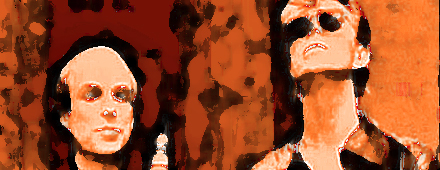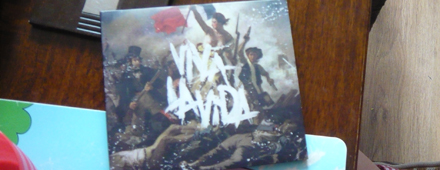For all Talking Heads’ – and Brian Eno’s – clean lines, ‘Life During Wartime’ has a touch of the melodramatic. Equating living in Manhattan with enduring life in a city under siege is extending a metaphor until it’s stretched enough to believe in itself, but David Byrne is a panic-eyed master of the paranoid, and here he and the rest of the ‘Heads scratch and jerk until they’re a twitching bug of insecurity.
Maybe New York felt like that in 1979 if you were strung out enough. After all, they were CHANGING THE FACE OF POPULAR MUSIC. “You oughta know not to stand by the window,” not while the style mag snipers are perched on the rooftops.
But how does it feel, coming to Talking Heads cold in 2012? “My head is talking right now,” is Junior’s literal response. More abstractly she and her sisters dissolve into a mess of muso faces and electroshock shimmies – a reasonable reaction to ‘Life During Wartime”s troublefunk.
After it fades there’s a moment of reflection before Junior decides the track is “in the middle”. But they were at the vanguard! They were pushing rock forward! “It sounds like a song from the olden days.”







